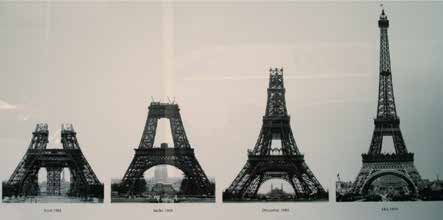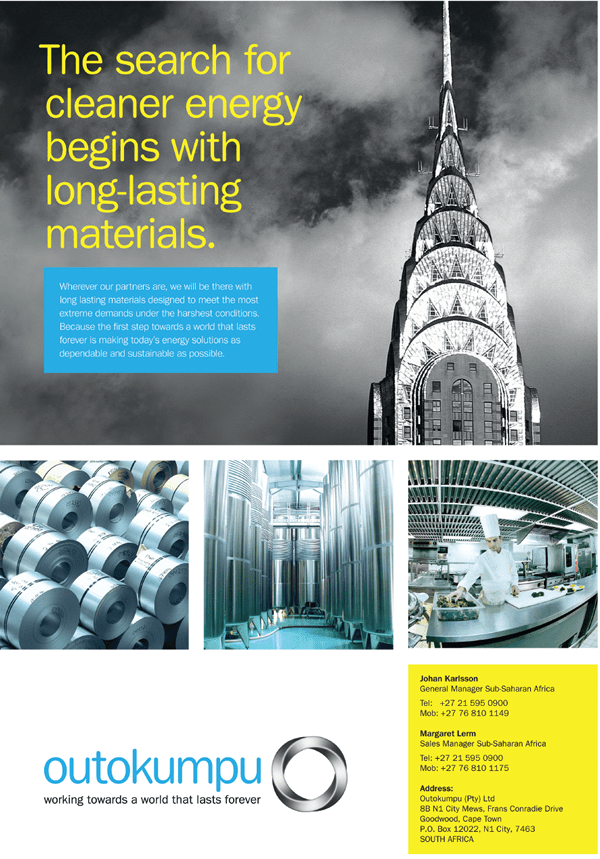
When the Eiffel Tower graced the opening of the 1889 Exposition Universelle, World Fair, to celebrate the 100th year anniversary of the French Revolution, it was the tallest building on earth. Standing at 300m it almost doubled the height of the Washington Monument – the previous holder of the record. In the 1950’s the Eiffel Tower grew an additional 24m, allowing it to overtake the Chrysler Building and once more claim the title of tallest free-standing structure on the planet.
French structural engineer Gustave Eiffel’s tower was designed to be rapidly dismantled within two decades of appearing on the Parisian skyline. However, its success as a tourist attraction, along with its utility as a mast for housing telecommunications technology, meant that it survived several attempts to decommission and relocate it.
Given that it is today regarded as one of France’s greatest examples of Expressionist structural art, it’s somewhat surprising that the tower was so badly received. Leading anti-tower novelist Guy de Maupassant took lunch there every day, claiming it was the one place in Paris from where he could guarantee he’d not have to look at it.
Project briefing
On 2 May 1886, the French government announced a design contest. French engineers and architects were invited to “study the possibility of erecting, on the Champ de Mars, an iron tower with a base of 125m2 reaching 300m high”. The structure needed to be self-financing, able to attract sufficient ticket-buying visitors to recover construction costs, and the design had to allow for easy and rapid deconstruction.
Budget and costs
At the time the total build and materials cost of the Eiffel Tower was 8 million francs or $1.5 million (approximately $36 million today), but this is not a true reflection of what it would cost to build today, as the labour costs alone (assuming it could be built in two years) would swallow $30 million. With a capacity potential of 10 000 fee-paying visitors on the tower at any one time, costs were recovered in the first year of the tower
being open to the public, with Gustav Eiffel becoming a rich man as a result.
Personnel
The tower was riveted together by 300 on-site workers. During the course of the project only one worker died. Today, the principal maintenance task is repainting the structure, which must take place every seven years. There is 220 000m2 of iron lattice surface area that needs to be cleaned and painted. Paint must be applied manually by brush, as rollers and paint guns are not allowed.
Materials
The tower’s iron pieces (none weighing more than 3 tonnes to allow for the use of the tallest available cranes) were cast offsite for rapid construction. Perhaps Eiffel’s only mistake was to not galvanise the components before painting. Although it would have increased the building costs at the time, it could have saved some maintenance costs. In his defence, Eiffel could hardly have foreseen the longevity of the tower.
Design
Eiffel was one of the first engineers to recognise the importance of wind forces on tall structures. The open sides of the tower mean that the wind passes through the building, which sways only 6-7cm (depending on ambient temperature, thermal expansion may cause the top to shift up to 18cm away from the side facing the sun). This economy of design means that the metalwork of the structure weighs only 7 300 tonnes, which if melted down would fill the 125m2 base to a depth of only 6cm.
Within a century, the tower became the most visited public landmark in the world.


